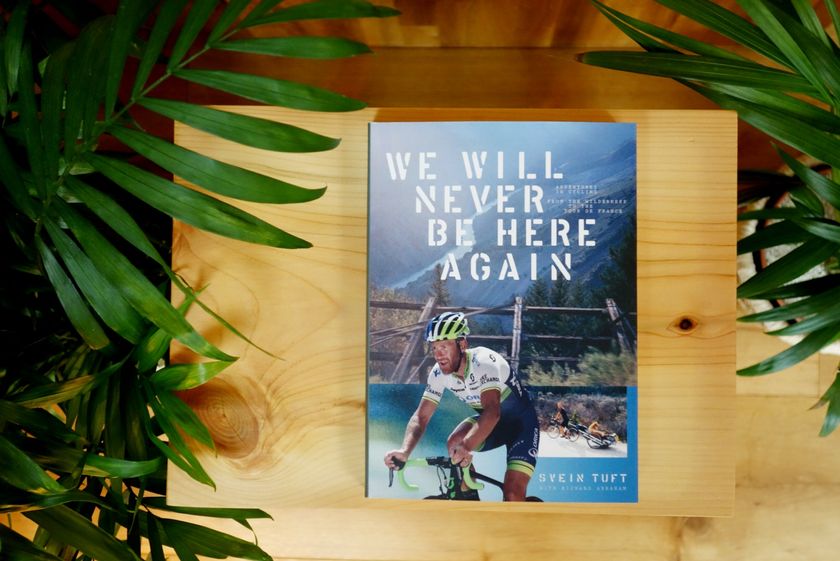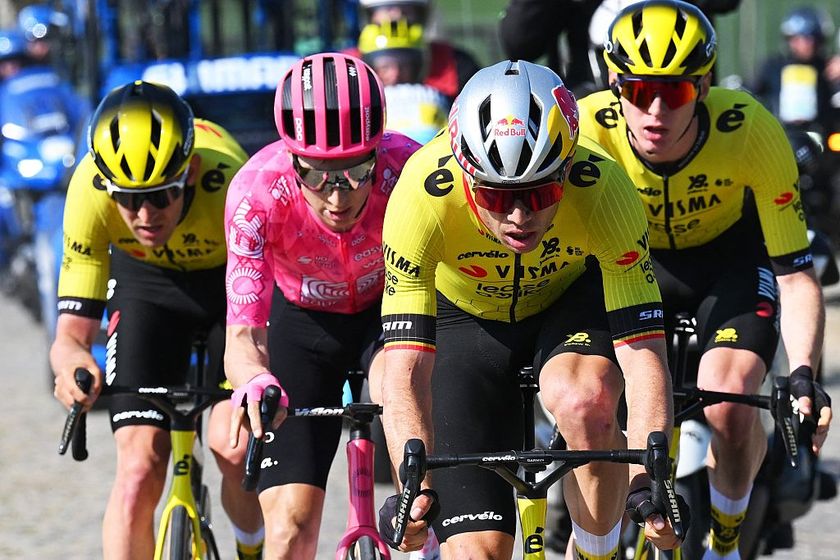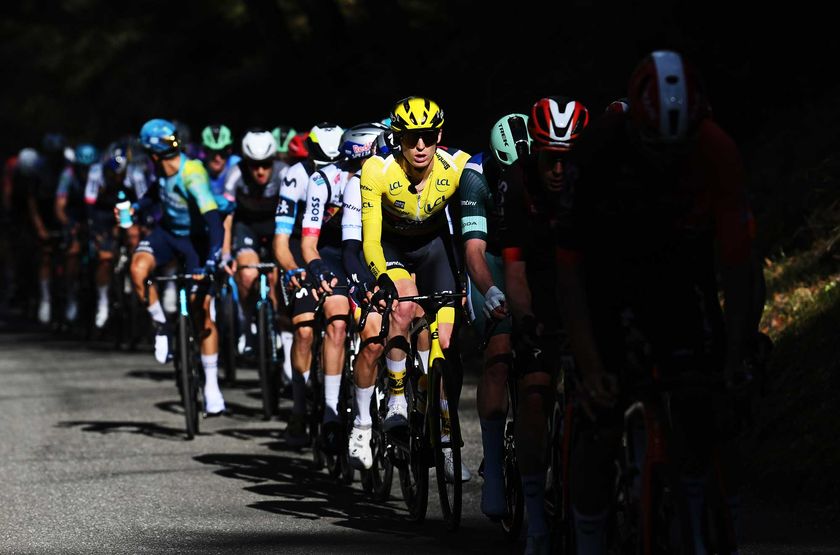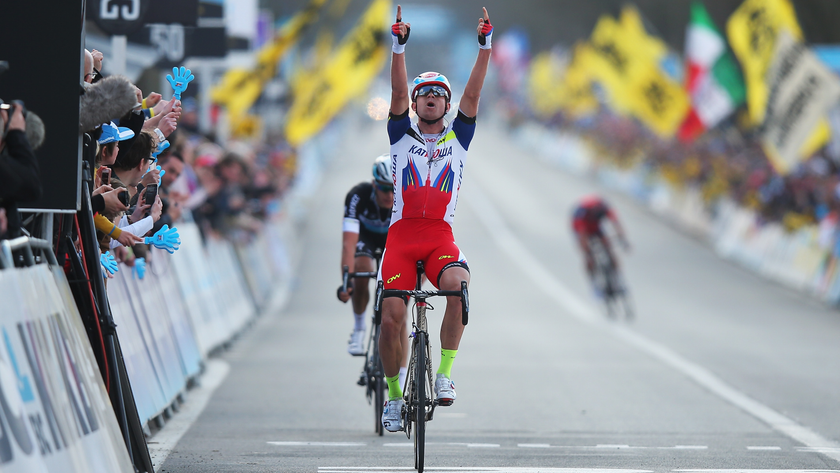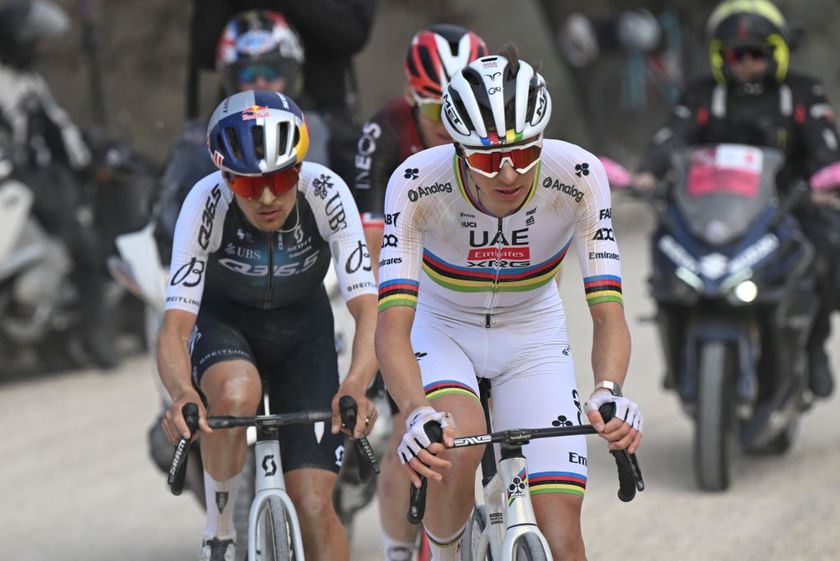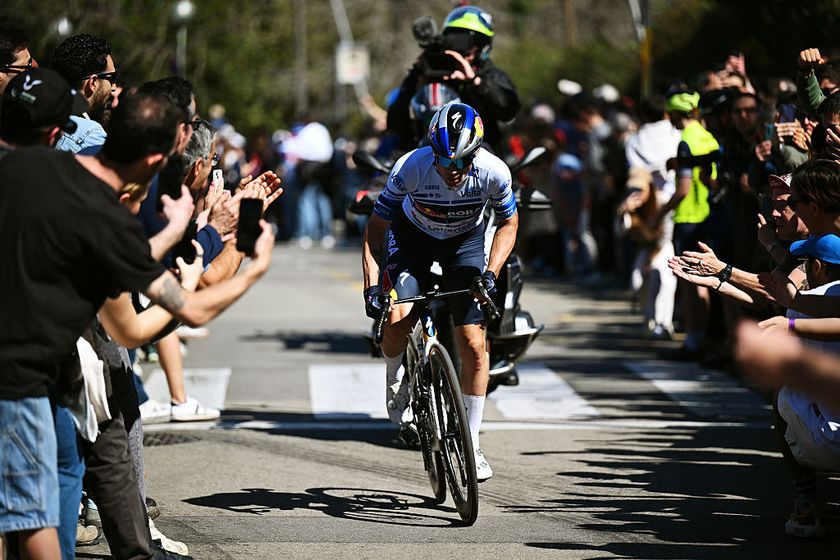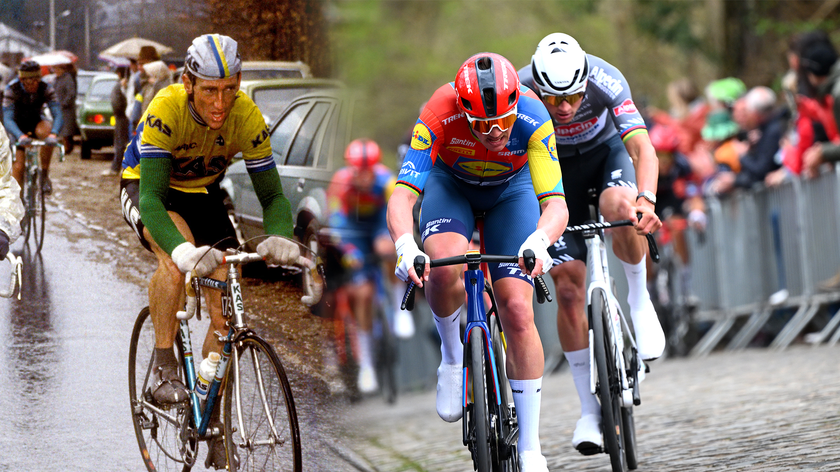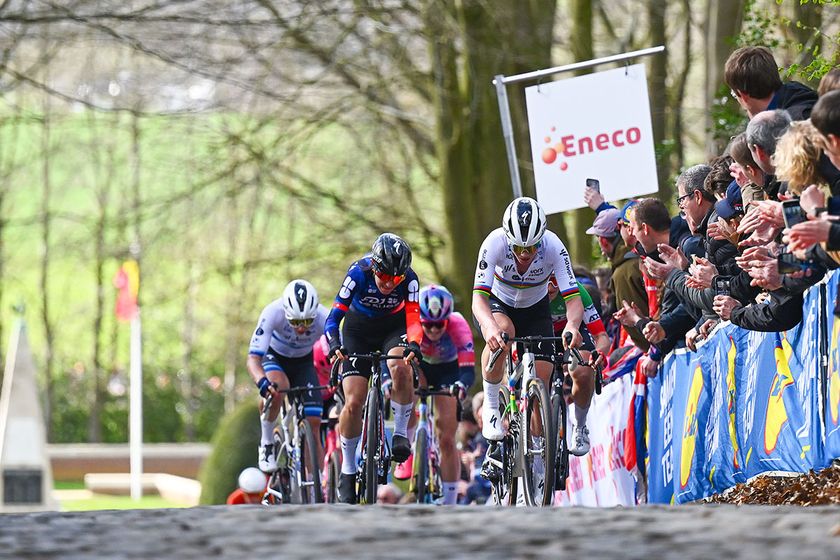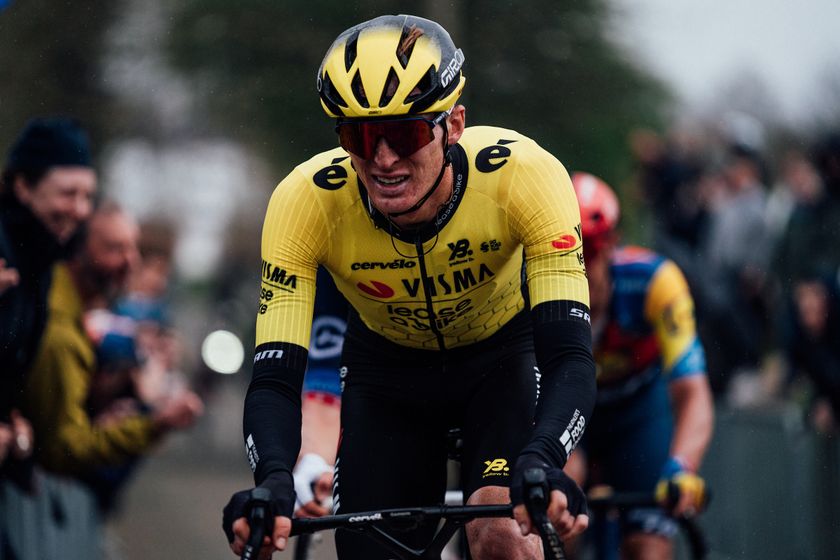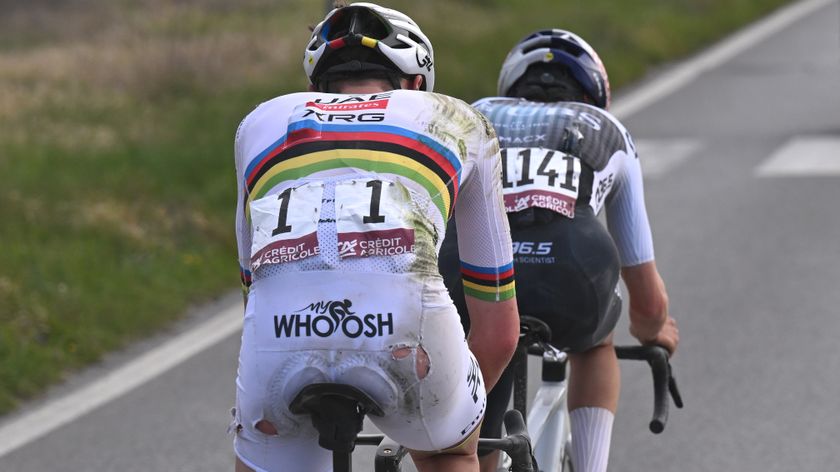The rise and fall of a champion
People do things on the spur of the moment. Léon Le Calvez for instance. He just happened to be...
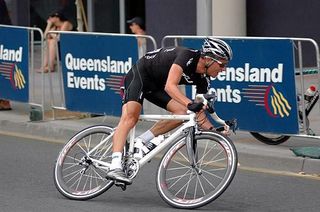
Tales from the peloton, December 26, 2006
Not all cycling champions are gracious and loved. Les Woodland revisits the years between world wars to to tell the tale of Henri Pelissier - from his impulsive entry into the professional peloton to his untimely end.
People do things on the spur of the moment. Léon Le Calvez for instance. He just happened to be passing the offices of Paris-Soir when the editor and his sports writer came rushing out to stop him. Gaston Bénac and Albert Baker d’Isy had just invented the Grand Prix des Nations. In time it became the unofficial world championship for time-trialists, but right then nobody liked riding time-trials and everyone was too tired to see if this one would be any more fun than the others.
"How on earth are you?" the editor beamed as he grasped Le Calvez by the arm and steered him into the building. "Ride our race, ride our race!" Startled and wanting to get away, Le Calvez eventually said he would. "I gave in and discovered I wasn’t such a bad rouleur after all," he explained. And he wasn’t, because he came third to a plump little Frenchman called Maurice Archambaud, who went on to win five stages of the Tour.
Le Calvez, who died only in July 1995, was no stranger to impetuous decisions that worked out well. The previous summer he’d turned professional one Friday so he could ride Bordeaux-Paris the following afternoon. Just have a look at how far Paris is from Bordeaux. Then decide whether you’d choose that for your first pro race - the next day.
But cyclists do things like that. In the middle of August 15, 1911, a 20-year-old took a day off from his parents’ farm to go into Paris. He was full of his own thoughts when a voice called his name, "Henri Pélissier!". He saw a sun-darkened man with a floppy moustache. The man was Lucien Petit-Breton. He had won the Tour de France in 1907 and 1908 and would have gone on to more had he not died in the first world war.
To Henri Pélissier, he was a hero. He ran to shake hands. "Want to come to Italy with me?" Petit-Breton asked. Pélissier looked startled. "To Italy? To do what?"
Get The Leadout Newsletter
The latest race content, interviews, features, reviews and expert buying guides, direct to your inbox!
In 1911, Italy was impossibly romantic, a long journey of passports, visas, customs carnets and tickets.
"To race, of course. It’s three o’clock. The train for Milan goes at nine. Make your mind up."
Pélissier didn’t hesitate. Back in Passy, his family could get on with the cows by themselves. There’d always be cows; there wouldn’t always be opportunities like this. And anyway, young Henri had already become so pigheaded that his father had kicked him out at 16 and he was living by himself.
A few days later the two young men were riding the Tour of Romany-Tuscany. Pélissier was already a good bikie, but he wasn’t a professional - he was a semi-professional deciding whether to leave the amateurs for good. As it happened, he crashed in the Tour of Romany-Tuscany and he didn’t finish, but the experience did him no harm because he won Turin-Florence-Rome and then the Tour of Lombardy.
He won Lombardy the following year as well, crashing at the entrance to the horse track in Milan with Constante Girardengo, the great Italian of the day. A whole heap came down with just two 400-metre laps of the track left to ride. The crowd was furious and they grew volcanic when Pélissier got back on and passed the rest before the line. Girardengo’s fans ran on the circuit and set about Pélissier with their fists, cursing and beating him so angrily that he had scramble up the judges’ watchtower and wait for 80 policemen to quell the mob three metres below him.
Girardengo was there in 1914 as well, when Pélissier came second in his first Tour de France, less than two minutes behind Philippe Thys of Belgium. Pélissier took three stages in the process, the tenth, twelfth and fifteenth. It was a great start, but the acclaim all went to Thys because this quiet little man with giant thighs and a slender waist had also won the previous year, and was on the way to becoming the first man to win three Tours in a row. Thys died in 1971 after years of quietly running a trucking business near Brussels.
Pélissier did win the Tour, though. He came first in 1923 at 34, but his life was never happy. Maybe it was the conceit of a man who gets hailed in the street by Tour de France winners, a man whom stars take to Italy on a whim. He niggled everyone with unhidden pleasure. Henri Desgrange called him ‘this pigheadedly arrogant champion.’ When he went training, he urged his friends to take it easy - "It’s important not to wear yourself out," he advised - but never let on that he’d been out at dawn for 40 kilometres’ speed training and just wanted an easy spin in the afternoon.
After winning a Tour stage and coming second in two others, he dismissed his rivals with a sneer. "The others are cart horses; I’m a thoroughbred," he scoffed. Not surprisingly, they took offence. Next day Pélissier punctured and the whole field flew off like panicked starlings, leaving him and his brother Francis 30 minutes behind.
His disagreements and walkouts "excited the public more than the boring way the Belgian flahutes rode," as one French writer put it - but it enraged everyone else.
Léonie, his first wife, despaired and shot herself in 1933. Three years later Henri took a lover, Camille Tharault, who was 20 years his younger. Her life became a succession of rows, and he threatened her at least once with a knife. He was 46, mentally ill, and unstable.
On May 1, 1935, Pélissier lunged at her with a knife, cutting her face. Camille ran to their bedroom, pulled out the revolver with which Léonie had shot herself. She ran back to the kitchen and found Pélissier waiting with the knife. She didn’t hesitate. She pulled the trigger five times. Pélissier fell, mortally wounded. A bullet had hit him in the carotid artery and blood spurted across the room. His body was placed in the room where Léonie had killed herself.
Next day, Gaston Benac’s paper, Paris-Soir, screamed "THE TRAGIC END OF HENRI PÉLISSIER surprises no-one at Dampierre. ‘If I’d had the money I would have left him long ago’ the murderess said yesterday." Camille pleaded self-defence and got a year’s suspended jail sentence. It was as close as the court could come to acquitting her.
Pélissier is just a name in history these days, but he’s not forgotten. Take the Métro out to west Paris and walk through a handful of quiet domestic streets and you come to an art-deco archway that leads to the Piste Municipale. Look up as you pass the inner gate, because there, almost as high as the refuge that Henri Pélissier took to escape the crowds in Italy, is a bas-relief of Pélissier and his brothers, Charles and Francis. It was paid for by spectators at the Parc des Princes who were grateful for the pride the brothers - all good riders - had brought to them and to France.
Nothing now remains of the Parc des Princes. When it fell to bulldozers and pickaxes, the fans took down their tribute and moved it to the ’Cipale. And there the brothers gaze down still on all who pass. Criticising them, probably, but at least doing it silently.
